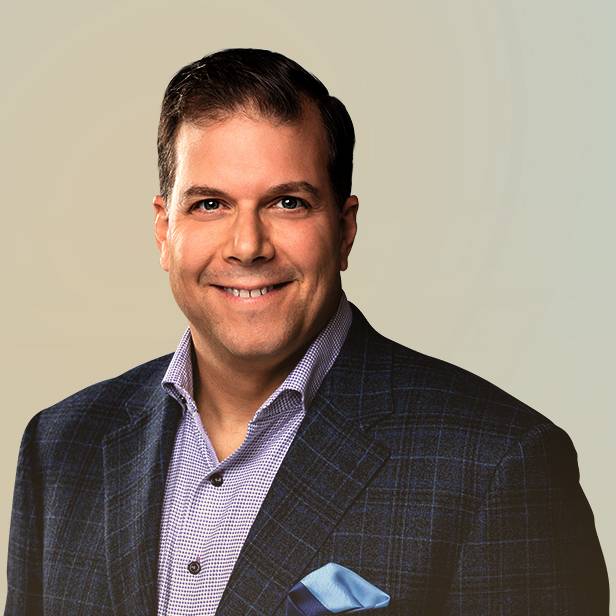In a Post-COVID Climate, Home is Where the Care Is
Sep 2020
The 65-and-older population has ballooned by over a third (34.2% or 13,787,044) during the past decade, according to the U.S. Census Bureau. With a growing pool of older Americans, investors have long anticipated rich opportunities in care for the elderly. But just as COVID-19 has adversely impacted residential senior group homes, the pandemic has accelerated investor appetite in all varieties of home health and community-based care—from skilled home nursing, personal care services, hospice, and home medical supply delivery to at-home diagnostics. Healthcare payors are also playing a role in reshaping the provider landscape to incent more care delivery away from inpatient, large group and long-term care venues.
As investors look ahead following the COVID-19 outbreaks nationwide, the home health and community-based care sector is well positioned for future growth and potential returns on the other side of the pandemic, further enabled by shifts in consumer preferences, technology, and reimbursement models. Private equity investors have taken notice—and are eager to identify opportunities for deal making in the home health and community-based care market in the near-term.
In general, Lincoln finds that overall investor appetite for deals across the home health and community-based care landscape remains strong. We will share below some of the specific intelligence we gathered with respect to sub-sectors with the strongest interest, due diligence priorities and perspectives on timing to launch a sale process given the current landscape.
Summary
-
Home Health and Community-Based Care Industry Pulse
Lincoln gathered feedback from dozens of respondents across the home health and community-based care ecosystem to develop this study. Our respondents included:
60% private equity funds and/or their platforms in the sector
25% closely-held private providers
~15% large independent corporates
- Sign up to receive Lincoln's perspectives
Lincoln Perspective |
|
| Investors identify hospice and personal care as priority areas for M&A in the post-COVID climate.
The aging of the American population has led to the growth of hospice agencies in recent years, and the trajectory is expected to hold fast as the population experiences sustained mortality over the next two decades. From a reimbursement perspective, hospice has been generally less volatile than other subsectors of home care, making it an attractive area for investment. The highly fragmented hospice sector remains generally underpenetrated by investors, who can deploy capital into agencies that offer convergence of physical, spiritual, and familial aspects of end-of-life care. In April, the Centers for Medicare & Medicaid Services (CMS) proposed a 2.6% payment increase of hospice agencies in fiscal year 2021, which has further driven investor interest in the sector in the short-term. In the personal care space, the home health aide industry has performed exceedingly well during COVID-19. Care visit volumes held up generally in this sector, especially in states with patient-directed benefit models where the caregiver oftentimes lives under the same roof as the care recipient. With families fearful of widespread viral spread and increased mortality risk in communal care settings, we expect this trend to continue in the post-COVID climate. |
Which sub-sectors do you intend to prioritize in your M&A strategies?1
|
| Looking ahead, compliance, referral sources, and reimbursement are key factors for buyers in evaluating a potential acquisition target.
Compliance: When it comes to an acquisition target, even the perception of compliance challenges is enough to cause buyers to back out of a deal. Particularly for companies whose primary payors are Medicare and Medicaid, confirming a clean compliance track record is as crucial a step to a buyer as financial due diligence. Reimbursement: Following new guidance instituted by CMS at the start of 2020 on the Patient Driven Groupings Model (PDGM), reimbursement for skilled home health agencies shifted from being a standard based on volume of therapy provided to a standard focused on the underlying characteristics of the patient. The new guidance disincentivized overutilization of therapy. This regulatory update by CMS forced home care providers to enhance community engagement and network with alternate referral channels outside of the hospitals, including social workers and other community liaisons. Referrals: As healthcare continues its shift away from a fee-for-service model toward value-based care, understanding providers’ referral networks and where that provider “fits” in the marketplace has become a key diligence point. Payor and health system referral sources are far more likely to contract with agencies that deliver quantifiably better health outcomes. When conducting due diligence, buyers are heavily scrutinizing company relationships with relevant, in-market health systems, payors and other major sources of post-acute and long-term care patient volumes as well as barriers to entry. As the reimbursement environment shifts, home healthcare and home care agencies’ relationships with referral sources has become more critical than ever. |
What will be the top three most critical due diligence issues for you in considering acquisitions in 2020?1
|
| In determining the right time to launch a process, Lincoln recommends home health companies wait to launch a process until one quarter of sustained recovery is reflected in their company financials.
Throughout the COVID-19 crisis, home healthcare, hospice and home care valuations have not been materially adversely impacted and the industry is not exhibiting reluctance when it comes to M&A activity. Buyer appetite for both smaller tuck-in acquisitions and private equity interest in establishing new platform investments is undiminished. Empirically, Lincoln is observing a further uptick in home health M&A activity broadly speaking, supporting the validity of this finding. Lincoln believes that the market is strong for quality companies with scale (i.e., north of $5 million in EBITDA) and touting excellent management teams, a strong culture of compliance, and investment in systems and infrastructure. Before launching a process, companies should be prepared to articulate to investors a compelling story supported by data of adaptation and execution during the pandemic and demonstrate how they have rebounded in recent months. Sellers should also anticipate questions from buyers regarding contingencies for a second wave of the virus. Despite the challenges that COVID-19 presented to the home healthcare industry, investors remain focused on the space and Lincoln predicts strong activity through the balance of 2020 and into next year. |
Based on what you know now about COVID-19 and how your business has performed during the pandemic, by which quarter do you expect to be back to the monthly revenue pattern that you experienced in January-March of 2020?1
|
1Source: Lincoln International Home Health Survey
Contributors
Professionals with Related Expertise

I enjoy working closely with clients to overcome challenging situations and to develop strategies to meet their business goals.
Dirk-Oliver Löffler
Managing Director | European Co-head Healthcare
Frankfurt














